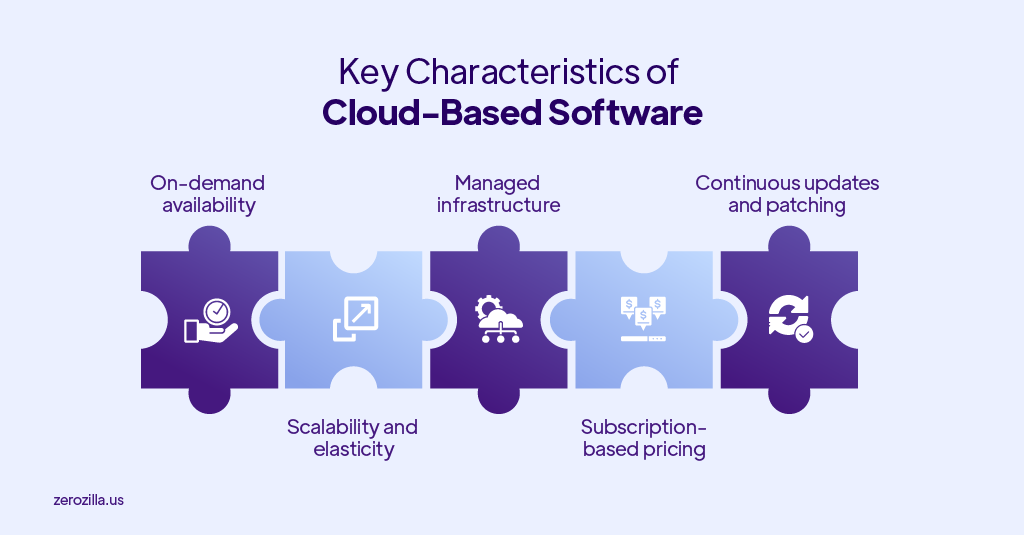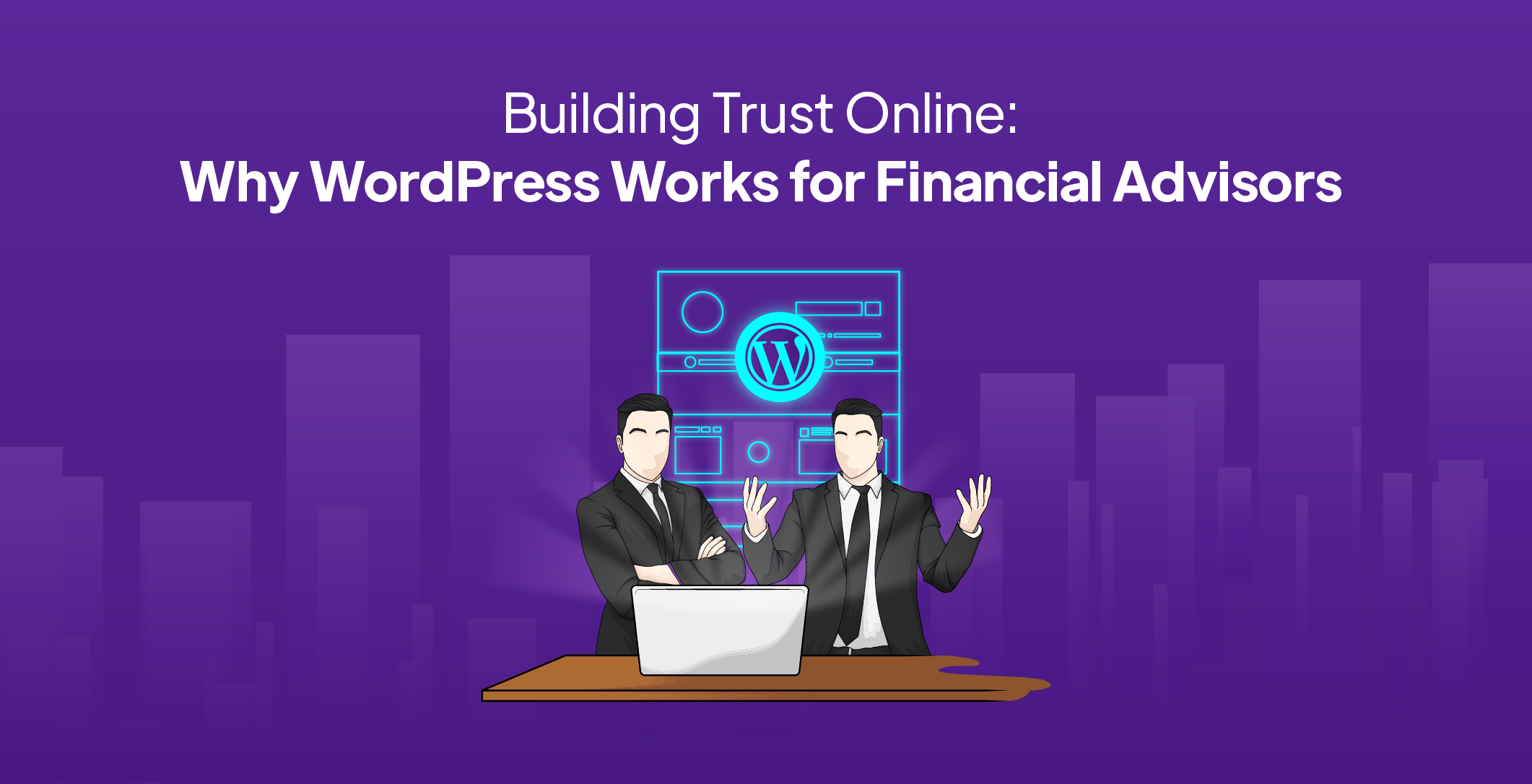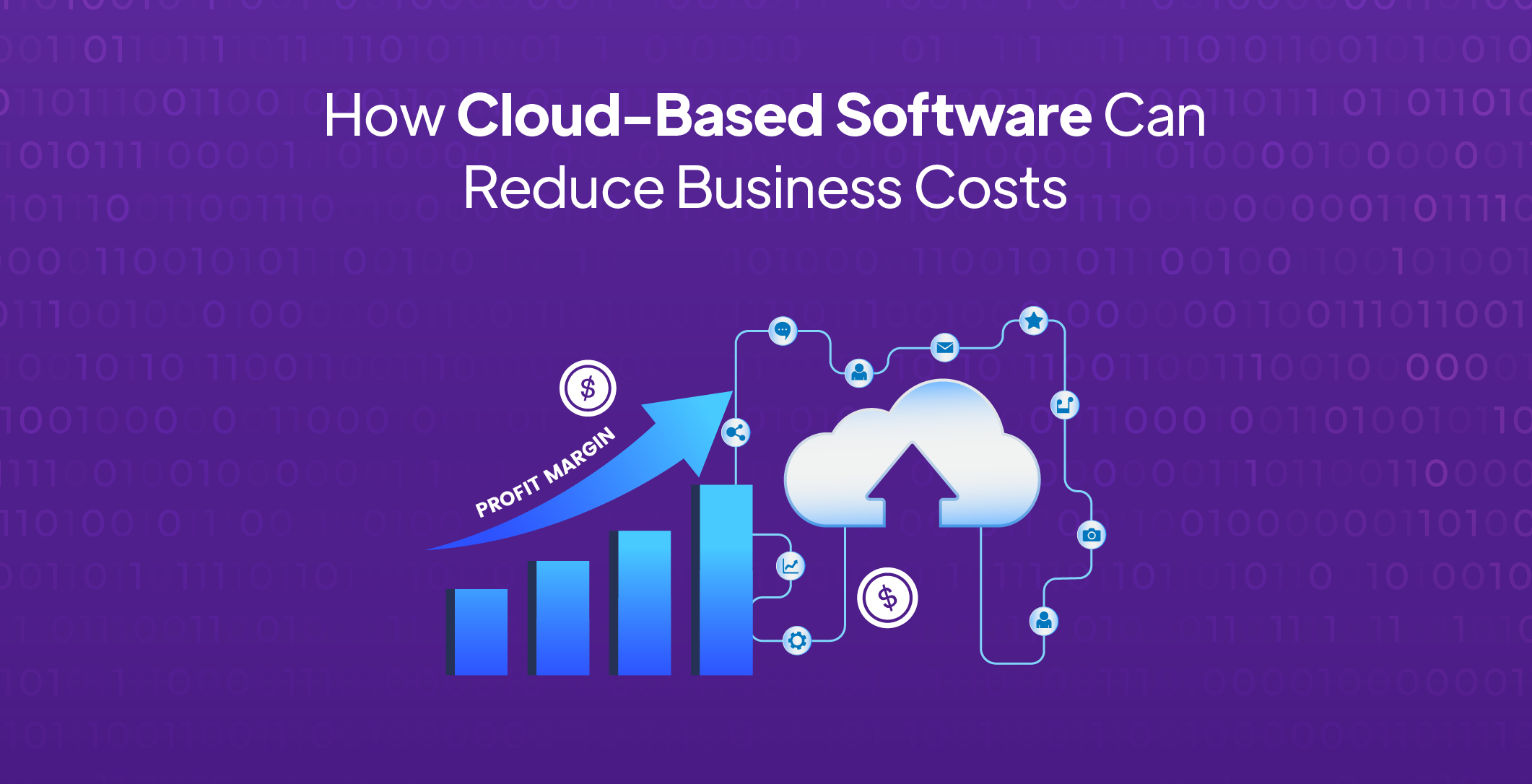In today’s volatile and cost-sensitive business landscape, leaders are under constant pressure to do more with less. Cloud-based software offers a transformative way to reduce operational expenses, streamline IT management, and enable greater agility, without sacrificing performance or security. Whether you’re a startup looking to scale or an enterprise modernizing legacy systems, cloud-based solutions provide a strategic path to efficiency and long-term savings.
Understanding the Cloud Advantage
Cloud-based software refers to applications and services that run on remote servers and are accessed over the internet. Unlike traditional on-premises systems, cloud solutions don’t require heavy upfront investments in hardware or infrastructure. Instead, businesses can subscribe to software-as-a-service (SaaS), platform-as-a-service (PaaS), or infrastructure-as-a-service (IaaS) offerings on a pay-as-you-go basis.

These features directly translate into lower capital expenditure and reduced IT overhead, contributing to measurable business cost reduction.
Elimination of Capital Expenditure (CapEx)
Traditional software deployments often involve:
- Buying physical servers and storage
- Licensing enterprise software upfront
- Hiring specialized IT staff for maintenance
- Maintaining data centers
Cloud software shifts this to operational expenditure (OpEx):
- Pay only for what you use
- No need for physical infrastructure
- No upfront license purchases
This CapEx-to-OpEx transition allows businesses to:
- Improve cash flow
- Allocate budgets more flexibly
- Scale operations without financial bottlenecks
Especially for small and medium-sized enterprises, this model drastically lowers the barrier to adopting enterprise-grade tools.
Reduced IT Maintenance and Support Costs
On-prem systems demand constant maintenance:
- OS and software updates
- Hardware replacements
- Downtime management
- Security patching
With cloud-based software, all of this is handled by the vendor. This reduces:
- Need for large in-house IT teams
- Downtime-related revenue losses
- Support contracts and third-party services
For example, migrating to a cloud-based CRM like Salesforce or a collaboration suite like Microsoft 365 can cut IT support workload by over 30%.
Scalability That Saves
One of the biggest cost traps in traditional systems is overprovisioning; buying more capacity than you currently need to prepare for future growth. Conversely, underprovisioning leads to performance issues and rushed, expensive upgrades.
Cloud software for businesses solves this with scalability on demand:
- Automatically scale compute, storage, or users
- Only pay for what you actually use
- Avoid idle resource costs
This is particularly useful for:
- Seasonal businesses
- Rapidly growing startups
- Project-based organizations with fluctuating needs
Enhanced Productivity Through Automation
Modern cloud-based software often includes automation features:
- Workflow automation (e.g., approval chains, data syncing)
- AI-based insights (e.g., forecasting, anomaly detection)
- Self-healing infrastructure (e.g., auto-failover, load balancing)
These tools free up employee time, reduce manual errors, and optimize resource usage. The result is a more productive workforce and lower labor costs per output unit.
Lower Software Licensing and Upgrade Costs
With traditional software, upgrades can mean:
- Purchasing new licenses
- Hiring consultants for migration
- Dealing with downtime
Cloud vendors typically:
- Include upgrades in subscription
- Roll out features incrementally
- Ensure backward compatibility
This reduces:
- Upgrade-related downtime
- Training costs for new versions
- Risk of falling behind in software capabilities
Improved Remote Work Infrastructure
Post-2020, remote and hybrid work is here to stay. Supporting a distributed workforce with on-prem tools is expensive and risky. Cloud-based software supports:
- Access from anywhere
- Real-time collaboration
- Secure authentication and user provisioning
This translates to:
- Lower office infrastructure costs
- Reduced VPN and networking overhead
- Faster onboarding of remote employees
Companies using cloud-native collaboration suites have reported up to 40% savings on IT support for remote teams.
Disaster Recovery and Business Continuity Without Extra Spend
Building an on-prem disaster recovery (DR) solution is costly:
- Duplicate infrastructure
- Manual backups and restores
- Complex failover planning
Most cloud software for businesses includes:
- Automated backups
- Redundant storage across regions
- Built-in disaster recovery options
This means businesses can:
- Reduce investment in DR infrastructure
- Minimize business disruption risk
- Achieve compliance at lower cost
Integration and API Ecosystems Drive Efficiency
Cloud solutions often provide:
- Open APIs
- Pre-built integrations
- App marketplaces
This enables:
- Faster system-to-system communication
- Less custom code and maintenance
- Data flowing seamlessly between platforms
As a result, businesses can reduce the cost of building custom integrations and maintain a leaner IT stack.
Sustainability and Green IT Benefits
Maintaining private data centers involves energy costs, cooling, and hardware waste. Cloud providers, especially hyperscalers like AWS, Google Cloud, and Azure, run highly efficient data centers powered by renewable energy.
Adopting cloud-based software means:
- Lower energy bills
- Reduced hardware purchasing
- Smaller environmental footprint
This contributes to cost reduction while aligning with ESG goals- a growing priority for many businesses.
Disadvantages of Cloud-Based Systems
While cloud-based software delivers flexibility, scalability, and efficiency, it’s not without its challenges. Businesses must weigh these potential drawbacks carefully to make balanced decisions:
- Data Security & Privacy Risks: Despite robust encryption and compliance standards, sensitive industries like banking, healthcare, and government often remain cautious. Full control over data is harder to maintain in third-party environments.
- Internet & Downtime Dependency: Cloud solutions rely entirely on internet connectivity. Any disruption—from local network failures to regional cloud outages—can temporarily halt operations.
- Cost Overrun Risks: For organizations that use cloud services extensively, costs can spiral quickly. Continuous scaling, high data transfer volumes, or unmanaged workloads can lead to unexpectedly large payouts to cloud service providers. Without active monitoring and optimization, the cloud can become more expensive than on-prem infrastructure.
- Vendor Lock-In: Migrating from one cloud provider to another can be technically complex and costly. Proprietary architectures and service dependencies often limit flexibility.
- Compliance & Data Residency Challenges: Certain laws and industry regulations require data to stay within specific regions or infrastructures, complicating cloud adoption for global enterprises.
Is the Cloud Efficient for AI/ML Models?
Absolutely—but with nuances. AI and ML workloads require massive computing power and storage. Cloud platforms offer elastic compute resources, GPU instances, and AI-focused services like:
- AWS SageMaker
- Google Vertex AI
- Azure Machine Learning Studio
These allow organizations to build, train, and deploy models without investing in expensive local infrastructure.
However, cost efficiency depends on:
- Optimized resource allocation (right-sized compute, auto-scaling)
- Efficient data pipeline management
- Regular monitoring to avoid GPU overuse
In short, the cloud is ideal for AI/ML when managed intelligently. Overprovisioning or neglecting optimization can quickly erode cost savings.
Final Thoughts: Cloud Software is a Smart Business Move
Business leaders today are under pressure to innovate, scale, and cut costs simultaneously. Cloud-based software offers a strategic lever to achieve all three. By replacing capital-intensive, rigid systems with flexible, scalable, and automated platforms, companies can unlock sustainable business cost reduction.
Whether it’s automating workflows, enabling remote work, or streamlining IT infrastructure, cloud software for businesses is no longer optional. It’s a competitive necessity.
Optimize Costs with Zerozilla’s Cloud Software Expertise
At Zerozilla, we specialize in helping businesses transition to cloud-native environments that are scalable, secure, and cost-efficient.
Our expertise spans:
- Cloud architecture design and deployment
- SaaS migration and modernization
- Cloud cost optimization consultancy to reduce recurring spend
- AI/ML workload optimization and orchestration
- Cloud monitoring, automation, and performance tuning
We don’t just move you to the cloud; we make sure your cloud works smarter and costs less.
Let’s help you reduce business costs with cloud-based software that delivers real value.
Get in touch with Zerozilla today



